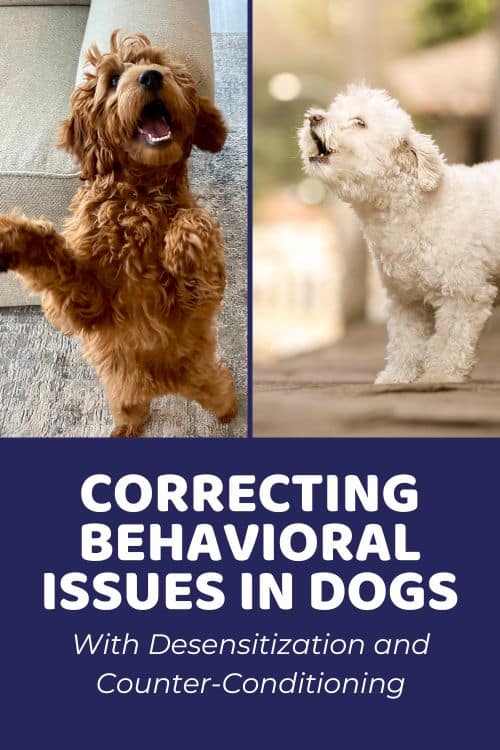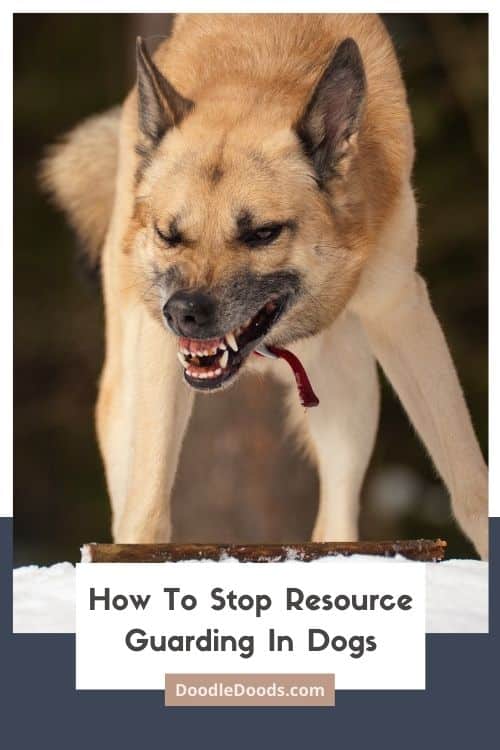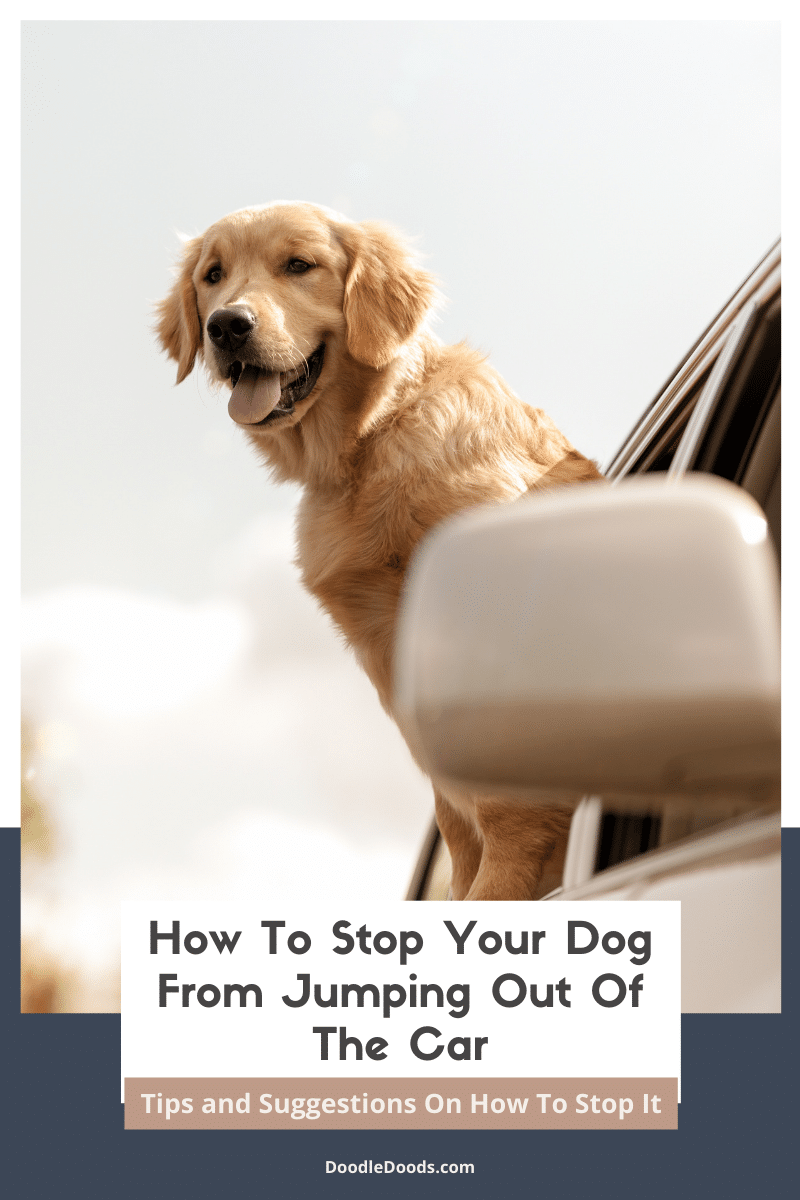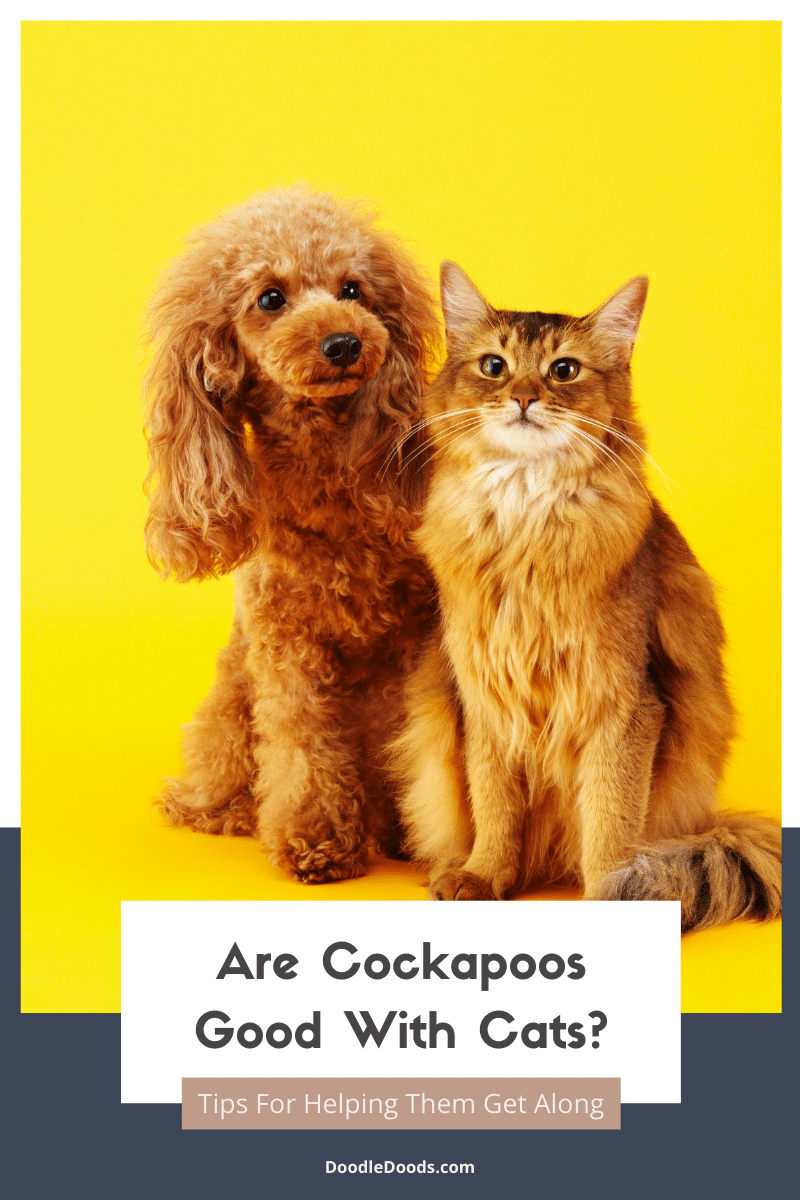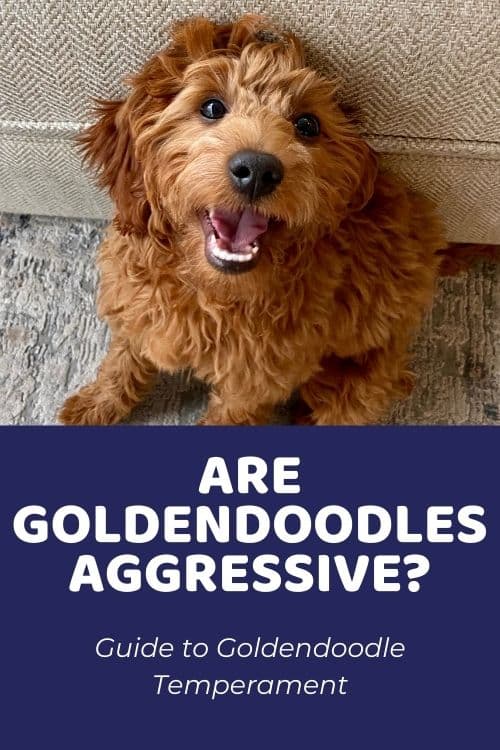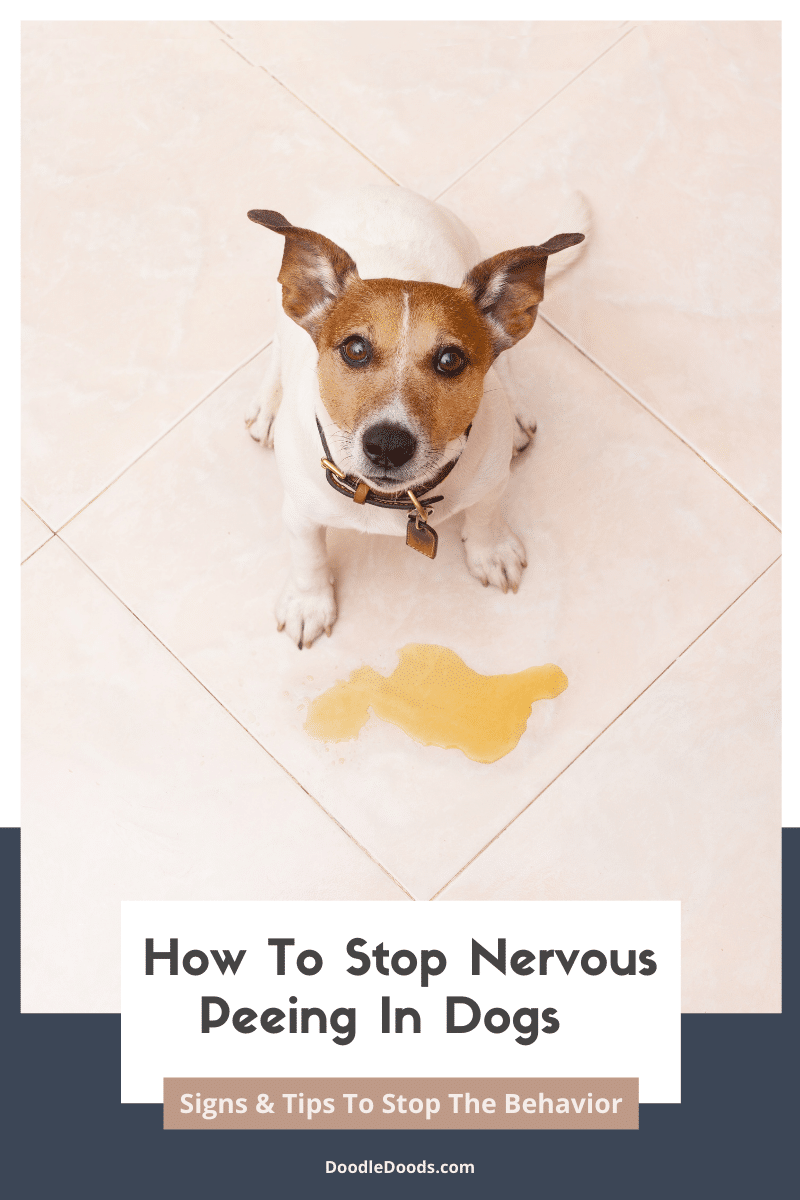It goes without saying that most of us pet parents are not dog-training experts. We may love our pups dearly and want the best for them, but we have no clue how to deal with some of their less desirable behaviors, such as pulling on the leash, barking, or jumping up. Now, many expert websites will have you believe that if you didn’t get a head start with your dog’s training and socialization in their early years, then you’re doomed to a life of simply putting up with their naughtiness. Well, we’re here to tell you that’s just not true! While it might be no walk in the park to alter your adult pal’s interactions, it is absolutely possible to teach an old dog new tricks. In this article you’ll learn how with desensitization and counter-conditioning.
Table of Contents
- Why Your Dog Acts Up In The First Place
- The Things That Won’t Work For Your Dog
- Desensitization: Keeping Your Dog Calm And Comfortable
- Counter-Conditioning: Encouraging Your Dog To Act Differently
- Using Desensitisation And Counter-Conditioning In Tandem
- Applying These Techniques To Alter Behavior
- Desensitization And Counter-Conditioning: The Bottom Line
Why Your Dog Acts Up In The First Place
Contrary to what you might sometimes believe, your four-legged friend does nothing simply to get your goat. Every single one of their behaviors – the bad as well as the good – is rooted in instinct and learning. While different dogs are more susceptible to different behaviors depending on what their ancestors were bred for (some will be more inclined to bark, to run off, to eat everything in sight…), these inclinations are just that – inclinations. The behaviors, however, become reinforced by what comes out of them. Basically, your Dood’s natural dogginess is shaped by the environment they grow up in.
Now, some of the things our mutts do that drive us crazy are done purely for reward’s sake – counter surfing, for instance. Most dogs (and especially some of those top Doodle pairings – the Golden Retriever, the Labrador) are led by their stomachs. If you think about it, that makes a lot of sense. Their more wolf-like ancestors had to eat while the eating was good. This means that any punishment you try and dish out for these actions just won’t make sense to your pup. They got what they wanted, and that was that. Their behavior was somehow reinforced, and they will continue to do this at every opportunity. The only thing you can do at this point is to change the environment to prevent the action, i.e., by using the dish further back.
Other undesirable behaviors tend to be driven by something a little more primal than even that. Extreme positive and negative emotions lead on to things like barking at unfamiliar dogs or people or jumping up at visitors to the house. Depending on the specific situation, your pooch may either become either excited or anxious to the point where they are simply reacting and are unable to control their own behavior. They are acting purely on instinct. These kinds of actions are especially common in younger dogs as well as those that weren’t exposed to sufficient novel situations when they were younger. Given the circumstances of the last few years, this is an increasingly common problem.
The Things That Won’t Work For Your Dog
While anger and frustration might have you resorting to yelling and lashing out (which is entirely understandable), it’s important to understand that punishment doesn’t work the same way for dogs as it might for people.
- Firstly, it’s challenging to pair the behavior and the outcome in the eyes of your pup. That’s what makes positive reinforcement sometimes tricky, too. The treat must be presented at the exact moment the behavior occurred for the connection to be made.
- Secondly, your pal might not always view your actions as being negative in the way that you intended. An excitable pup will likely be energized by shouting or by you attempting to push them away, thinking it’s all just one big game.
- Finally, if you’re dealing with a behavior rooted in fear, shouting and hitting could worsen the situation by further adding to your dog’s anxiety, teaching them that this is a person or place to be fearful of – or, even worse, that you are.
Alternatively, tools designed to prevent a behavior from occurring, such as muzzles, leash corrections, shock collars, and the like, don’t consider the underlying emotions generating the behavior. Again they usually just create more fear and anxiety, leading on to one seriously stressed-out hound.
Rather than looking primarily at getting rid of unwanted behaviors, the best training techniques focus on getting the desired response instead. In this way, your dog is learning and developing, and the relationship between the two of you becomes more robust rather than being based primarily on fear.
Two of the best methods are as follows:
Desensitization: Keeping Your Dog Calm And Comfortable
Desensitization focuses on the emotional aspects of problem behaviors – both fear and excitement. It’s a psychological process that aims to make the subject insensitive or non-reactive to something (person, object, animal, environment) that previously provoked a response. This technique is applied to humans as well as to dogs. In people, it’s primarily used to assist in unlearning fears and phobias.
The basic premise of it involves exposing the subject to the stimulus in question in gradually increasing doses until they reach a point where they can remain neutral when confronted with it. So, for instance, if your dog tends to bark, growl, lunge, and go a little crazy around dogs that they don’t know. The idea would be to take them far from the other dogs and then, day by day, bring them a little closer.
Counter-Conditioning: Encouraging Your Dog To Act Differently
Counter-conditioning, on the other hand, is about altering how your hound already responds to a stimulus. This can be, but is not always, linked to a negative emotional response they have to it. Often counter-conditioning is used to undo a learned behavior through a process of removing the reward aspect of the behavior and reinstating it when the dog learns the correct way of acting in the situation.
This technique is about showing your pup that the unwanted behavior will not earn them a reward. Take jumping up. Your fur baby may see this as an excellent way to get your attention – based on past experience. Remove this, and you’re taking away the incentive. Redirect the reward by encouraging your pet to sit and then giving them attention. They will learn that this is the better way to get what they want.
Using Desensitisation And Counter-Conditioning In Tandem
While some of your pup’s more aggravating habits may easily be categorized into either emotional response or a learned action, most are a combination of the two. Your dog’s instincts, provoked by the emotions they are feeling, first got them to exhibit the behavior. This, in turn, has become a learned response because they generally get what they want when they do it.
A good example of this might be based on how your Dood reacts to other people. Depending on their individual nature and the environment in which they have been raised, a young pup might have an over-the-top positive reaction to meeting strangers or an extremely negative one. Either way, their initial response was based on instinct – naturally viewing all people as friends or as enemies. This prompts behaviors like jumping up or growling and snapping. These actions then become reinforced by what happens next. If they are jumping up and the person in question makes a fuss of them, they have gotten exactly what they wanted. Likewise, if they are acting aggressively and the person moves away. Either way, this has become a learned behavior and will now persist long beyond puppyhood.
In looking to overcome either of these kinds of issues, you need to have two distinct goals. The first is to change your pup’s mindset about meeting new people from being overstimulated (either positively or negatively) to feeling calm and comfortable. After that, you will be looking at adjusting the way your mutt behaves around other people to something more desirable – ignoring them entirely or calmly sitting and waiting for the person to give them some attention. Remember, just because you have reduced the emotion in your pal doesn’t mean the behavior will be gone too. Confident dogs still act big if they would rather the person kept their distance, and calm ones will jump up if it means them receiving a reward.
That’s precisely why the experts often apply desensitization and counter-conditioning techniques together. The desensitization serves to get your pet into a more neutral headspace whereby they can pay better attention to what you are trying to get them to do – the counter-conditioning. At this point, they will be more receptive to commands and other forms of behavior modification.
Applying These Techniques To Alter Behavior
While the exact methods used will depend greatly on the type of behavior you’re looking to adjust, in basic terms, with desensitization, the trick is to keep your dog below the threshold of reactivity. You’ll first identify the point at which the response is elicited from the stimulus (e.g., distance from strangers, person approaching the house…). From there, you’ll alter your dog’s environment to expose them to increasing amounts of the stimulus (say, get the person to move closer) while keeping the level so low that there is no response. Rather than punishing your dog for reacting, you just back down a little when they do. Initially, you’ll reward their calm behavior with praise and high-value treats to keep the interaction positive for your pup and to show them the kind of actions that get rewarded.
Once you have reached a point in your dog’s training where they are dealing more calmly with the stimulus, you can then try introducing a new behavior (the counter-conditioning). This is often done with a command – “sit,” “bed,” “down,” or “leave it” – depending on what you’re looking for your dog to do. It’s best if they are already familiar with the command in question, so they know exactly what you are asking them to do. During this time, you’ll want to avoid accidentally reinforcing the old behavior in any way. This is especially important because, throughout this “extinction” period, your pup might cling to it all the more in a desperate, last-ditch attempt to make it work for them. In the case of jumping up, for example, make use of gates and other barriers to prevent them from being able to do this to gain your attention. Be sure everyone who comes into contact with your dog is on the same page and reacts the same way.
Desensitization And Counter-Conditioning: The Bottom Line
Desensitization and counter-conditions are both powerful ways to change canine behavior. The best thing is that they work for any dog of any age, breed, or sex as long as you are consistent. The message needs to be completely clear, and you doing one thing while your other family members do something else just won’t do here. You’ll just end up working harder for far longer to get what you want.
Be sure to set realistic goals for improvement and to be patient regarding your pup’s progress. Trying to rush through desensitization or getting frustrated with your dog when they don’t get the hang of what you are trying to get them to do will always backfire. Your pup needs time to unlearn previous habits and learn new ones – this is a lot harder than learning the right ones from the start.
In fact, with both these methods, it’s often the case that change starts slowly and progresses gradually. That being said, the rate of improvement usually does go up somewhat when your pal gets the hang of what’s expected of them. So try not to be too discouraged by a slow start. Just know that helping your pet to form positive, as well as specific behavioral associations, with stimuli is an ongoing process, so expect to be walking around with a pocketful of treats for the foreseeable future.
Need help with training?
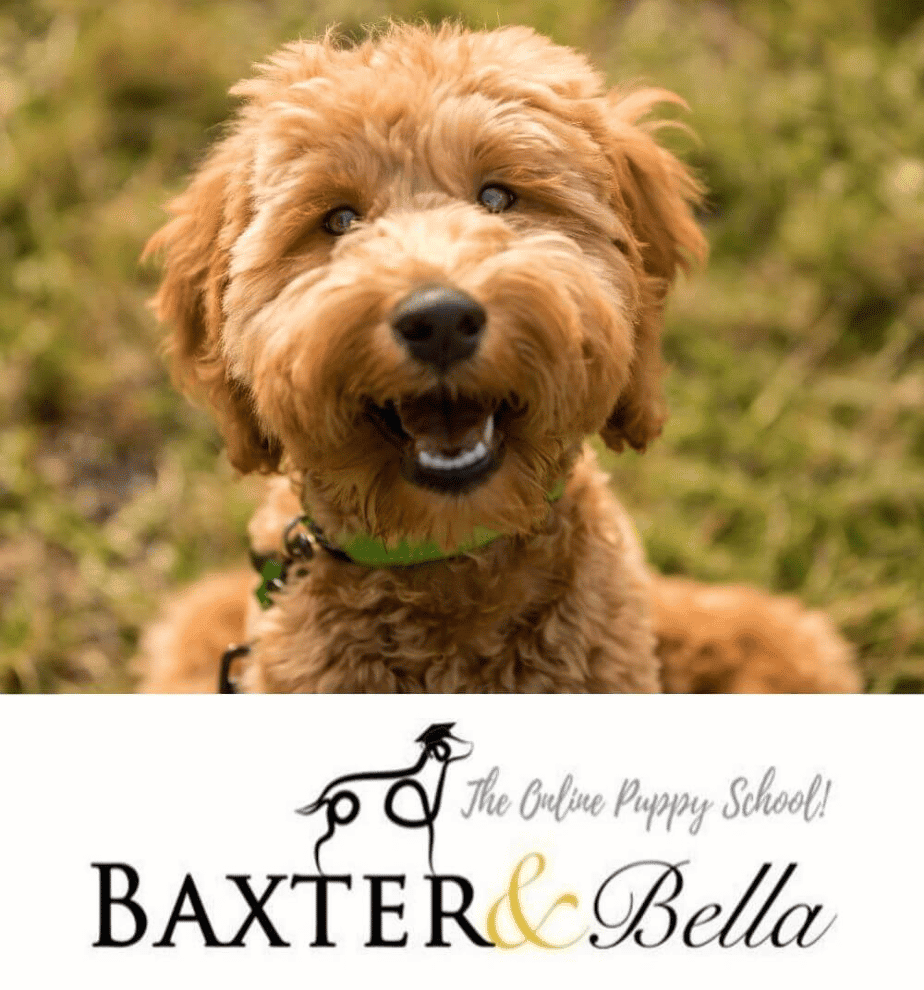
Use our discount code: DOODLEDOODS at checkout for an instant 25% off of BAXTER & BELLA, The Online Puppy School – an incredible value on their lifetime membership!
Learn More About BAXTER & BELLA
